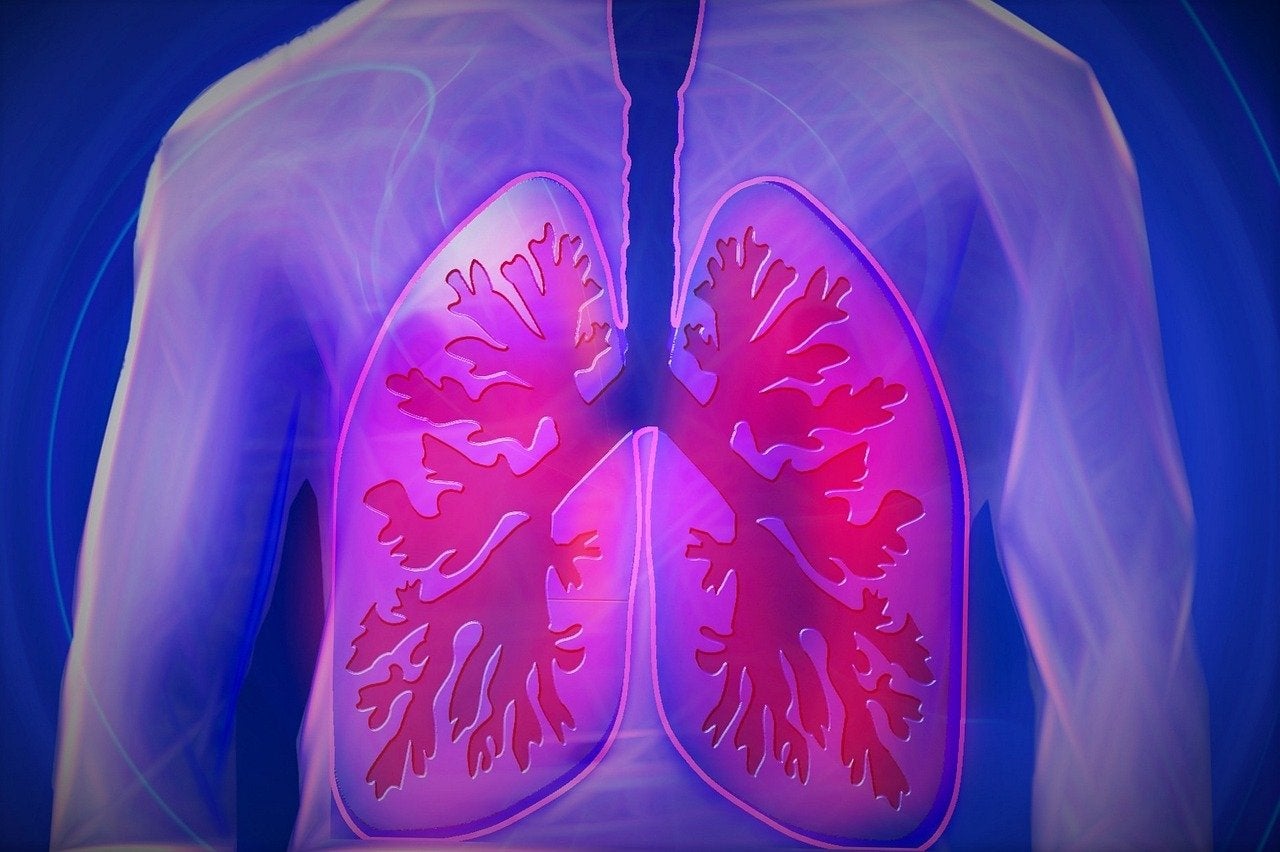
Broncus Medical announced results from a recent study published in the journal Respirology which showed that its Archimedes virtual bronchoscopic navigation (VBN) System is safe and effective for guiding the sampling of peripheral pulmonary lesions.
The prospective, single-arm, multicentre study of 104 patients was conducted using Archimedes System to guide bronchoscopic transparenchymal nodule access (BTPNA) and guided transbronchial needle aspiration.
The study revealed that the Archimedes VBN system produced a relatively high biopsy yield independent of the presence or absence of a bronchus sign (BS), as well as a high sampling yield and diagnostic yield independent of location, lesion size, and the presence or absence of a BS.
The system uses vessel mapping, fused fluoroscopy, real-time bronchoscopy and virtual bronchoscopic navigation for 3D views and access to nodules anywhere in the lung.
Archimedes uses BTPNA for easy and precise access to lesion via tunnelling when a lesion is not next to an airway.
The study found that using BTPNA resulted in a 90.2% sampling yield and an 86.3% biopsy yield, with a 93.9% sampling yield across both BTPNA and guided transbronchial needle aspiration.
Temple University thoracic medicine and surgery chair and professor Gerard Criner said: “Despite new technologies to improve bronchoscopic diagnosis, their results are limited by their reliance on the presence of an airway leading to the lesion.
“The BTPNA approach using virtual bronchoscopic navigation is exciting as it is demonstrating the ability to achieve a very high biopsy yield no matter where the lesion is located, while avoiding blood vessels and minimising the risk of pneumothorax.
“Seeing these results in a global multicenter study in a real-world setting is very encouraging as we look to advance the care we can provide every day to lung cancer patients.”
Broncus Medical global sales and marketing senior director Brandon Markle said: “In this study, BTPNA showed a superior biopsy yield when compared to today’s bronchoscopic diagnostic approaches.
“While BTPNA is an emerging approach, its capabilities will become even more valuable with the advent of new therapeutics in the near future, when both diagnosis and treatment will be able to be accomplished bronchoscopically, no matter where the lesion is located in the lung.”






